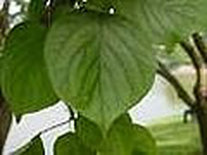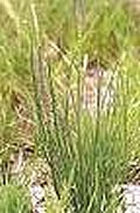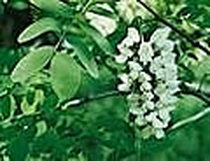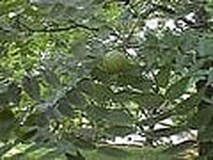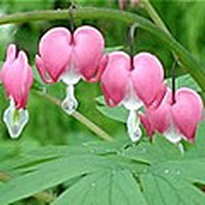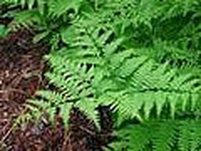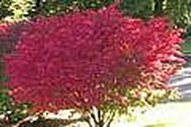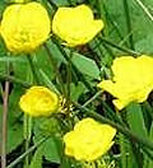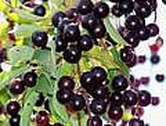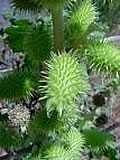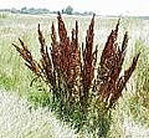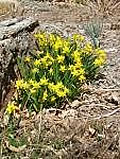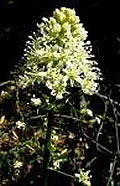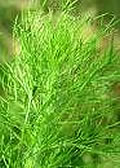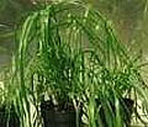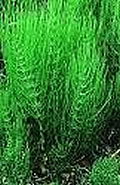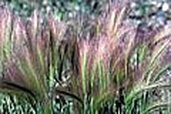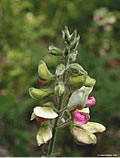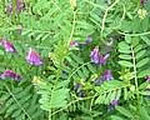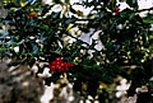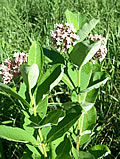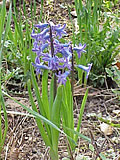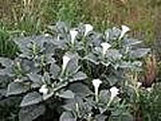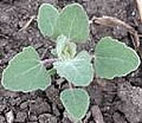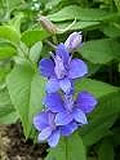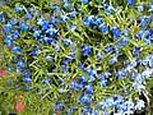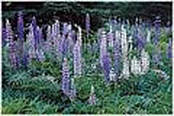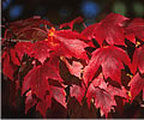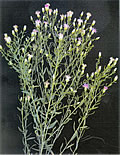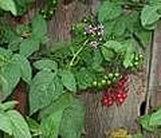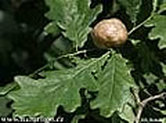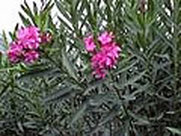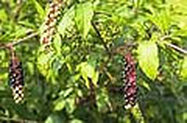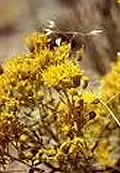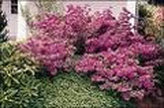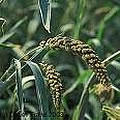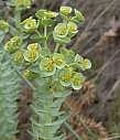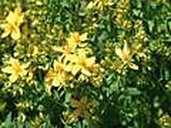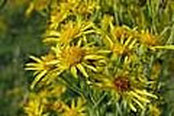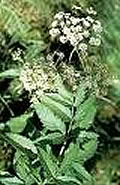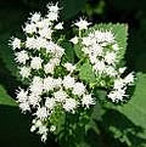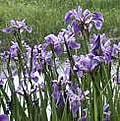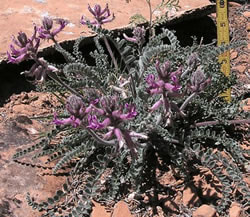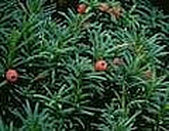Plants that are toxic or poisonous to horses
Poisonous plants can be found everywhere. Horses will not usually choose to eat them when quality forage is available but, when deprived of green vegetation and restricted to marginal pastures, some horses may sample these poisonous plants. On occasion, a horse will actually develop an appetite for certain poisonous plants. And, mineral deficiencies in a horse's diet may also cause them to seek out these plants.
Depending on the plant, quantity consumed, and time of year, ingestion can cause serious health problems or even death. This problem is made even more difficult because some plants, eaten in small quantities, are not a problem, while at other times of the year, small quantities of the same plant become lethal. Owners should be especially vigilante after a frost or when young shoots emerge.
Symptoms of poisoning range from slight illness for a few days to slobbering, tremors, lack of coordination, erratic behavior, and convulsions. Left untreated, these can result in long-term health issues or sudden death. Please remember that while avoidance is best, immediate care after exposure is the next best thing.
The best way to protect your horse is to familiarize yourself with poisonous plants that grow in your area, rid your areas of them, and make sure your horses have adequate, good quality feed so they won't eat plants out of hunger or boredom.
Depending on the plant, quantity consumed, and time of year, ingestion can cause serious health problems or even death. This problem is made even more difficult because some plants, eaten in small quantities, are not a problem, while at other times of the year, small quantities of the same plant become lethal. Owners should be especially vigilante after a frost or when young shoots emerge.
Symptoms of poisoning range from slight illness for a few days to slobbering, tremors, lack of coordination, erratic behavior, and convulsions. Left untreated, these can result in long-term health issues or sudden death. Please remember that while avoidance is best, immediate care after exposure is the next best thing.
The best way to protect your horse is to familiarize yourself with poisonous plants that grow in your area, rid your areas of them, and make sure your horses have adequate, good quality feed so they won't eat plants out of hunger or boredom.
Common Yard Plants
There are many common yard plants and vegetation, especially yard clippings, that you should always keep away from your horses. They include:
- Azaleas
- Avocado
- *Potatoes
- Amaryllis
- Poppy
- Rhubarb
- Flax
- Foxglove
- Soap Weed
- Clematis
- Lily of the Valley
- Tomato Plant Leaves
- Carnation
- Pyracantha
- Tulips
Wild Plants
Black Walnut
|
Roots of the black walnut contain high concentrations of Juglone. Black walnut root is often used for grafting other tree species and still contain toxins after grafting. Leaves and bark also are toxic, but less so. Beware of chips from walnut trees; toxins can remain for up to 6 months. Pollen from the Black Walnut also can affect humans.
|
Buttercups
|
This pretty yellow flowered plant that we all have seen and (maybe dug some to take home) contains irritant juices that severely injure the digestive system. Sap from stems can cause inflammation and blistering on skin. Once blistering has begun, a horse will stop eating, which makes the toxicity self limiting. Note: poison is inactive when dried in hay.
|
Jimsonweed
|
Nightshade family of a group of plants known as "belladonnas",which contain narcotic poisons, Stramonium and Scopolamine. Can cause weak or rapid pulse, and heartbeat, dilated pupils,uncoordinated gait, coma, and possible death. All parts of the plant are poisonous and symptoms can appear between 1-4 hours.
|
Rhododendrons
